10F, Building B, Erqi Center, Erqi District,
Zhengzhou City,
Henan Province, China
Wit:+86 15138685087
(WhatsApp/Wechat)

10F, Building B, Erqi Center, Erqi District,
Zhengzhou City,
Henan Province, China
Wit:+86 15138685087
(WhatsApp/Wechat)
16-gauge galvanized steel (American standard GA: 1.524mm, Chinese standard: 1.612mm) is a widely used galvanized steel product that combines strength and load-bearing capacity while maintaining sufficient flexibility for bending, stamping, and other processing.
Wanzhi Steel, as a premium galvanized steel coil manufacturer in China, supplies thicknesses ranging from 0.13 to 6mm. We offer services including slitting, cutting, embossing, and punching, and provide products in various forms such as coils, plates, and strips.
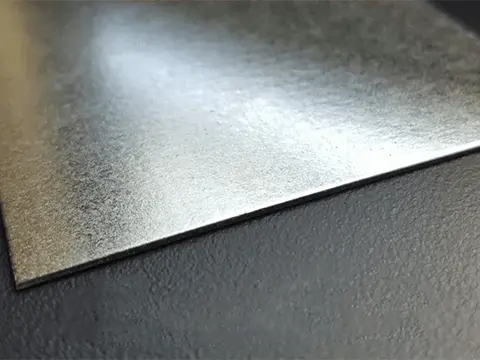
16 gauge galvanized steel Sheet
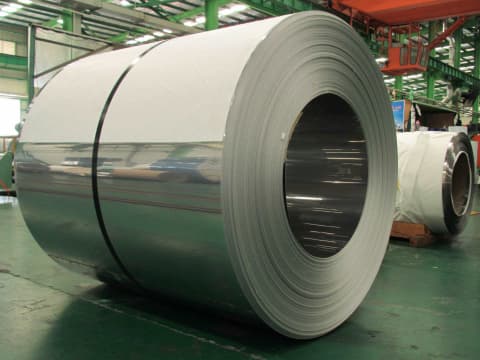
Hot dip galvanized 16 gauge steel coil
| Item | 16 Gauge Galvanized Steel |
| Thickness | American Standard: 1.524mm,GB: 1.612mm |
| Width | ≤1500mm |
| Length | Cut as required |
| Zinc Coating | 30-275g/㎡ |
| Spangle Type | Zero spangles, Small spangles, Regular spangles, Big spangles |
| Product Type | Rolls/Sheets/Strips |
| Processing Services | Slitting, Length Cutting, Embossing, Punching, etc. |
| Base Material | SPCC, SGCC, SGCH, G350, G450, G550, DX51D, DX52D, DX53D, etc. |
| Standard | ASTM, DIN, JIS, GB, EN |
| Factory | Shandong Province, China |
| Payment term | TT 30% Advance + 70% Balance |
| Sample | Free Available |
| Price Item | FOB, CIF, EXW, CFR, etc |
| Certification | ISO 9001, SGS, CE |
| MOQ | 10 TONS |
| Packing | Standard export packaging |
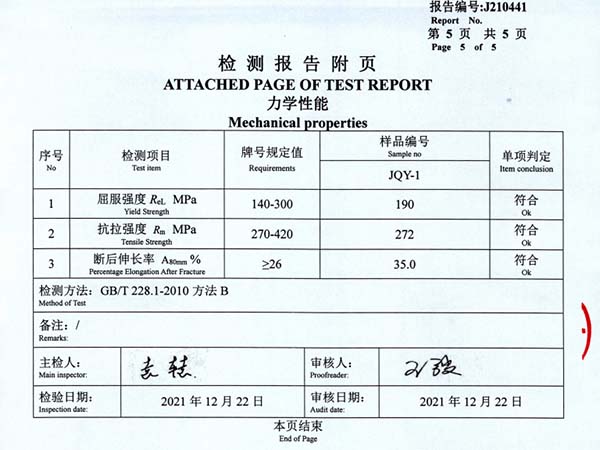
Mechanical Properties
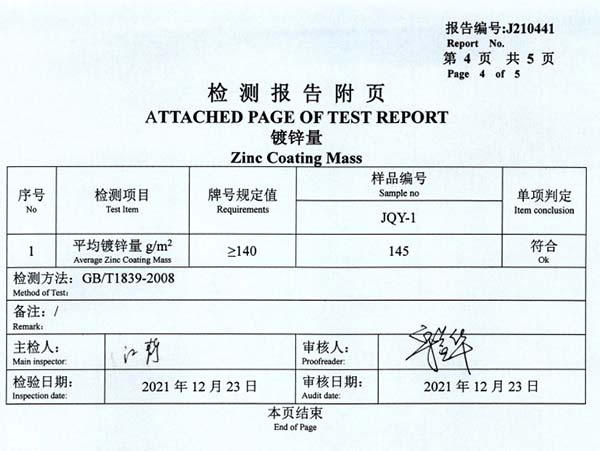
Zinc Coating Thickness
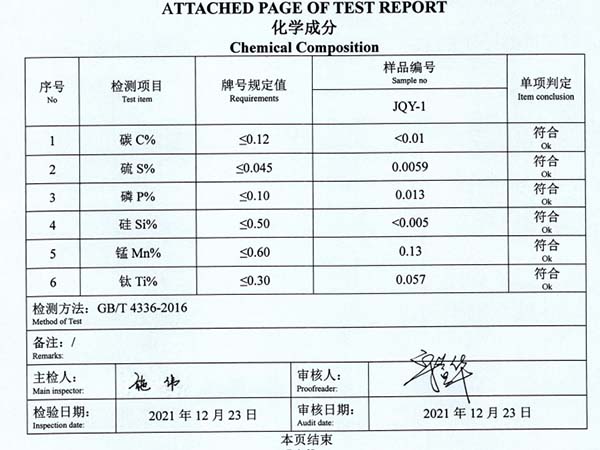
Chemical Composition
16-gauge galvanized steel sheet is a versatile material widely favored in construction and manufacturing. Its balanced strength, excellent formability, and reliable corrosion resistance make it an ideal choice for numerous projects.
The word “gauge” refers to the thickness of the steel, with the higher the number, the thinner it is. This measurement is critical in determining the strength and durability of the steel. Each gauge size standard has a different equivalent thickness, and these standards are based on the weight of a specific sheet of metal.
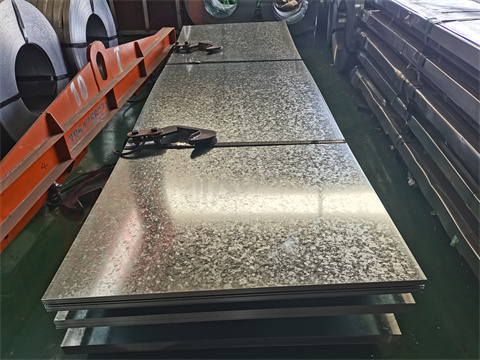
galvanized steel plate in 16 gauge
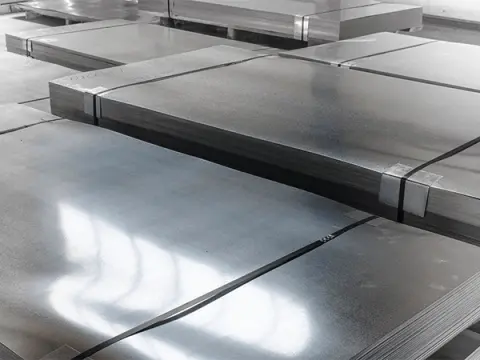
Zero zinc spangle hot dip galvanized sheet
| Gauge (GA) | Inch | Millimeters (mm) |
| 8 GA | 0.1644 | 4.17 |
| 10 GA | 0.1345 | 3.42 |
| 12 GA | 0.1046 | 2.66 |
| 14 GA | 0.0747 | 1.90 |
| 16 GA | 0.0598 | 1.52 |
| 18 GA | 0.0478 | 1.21 |
| 20 GA | 0.0359 | 0.91 |
| 22 GA | 0.0299 | 0.76 |
For specific details, please refer to the galvanized steel thickness conversion chart.
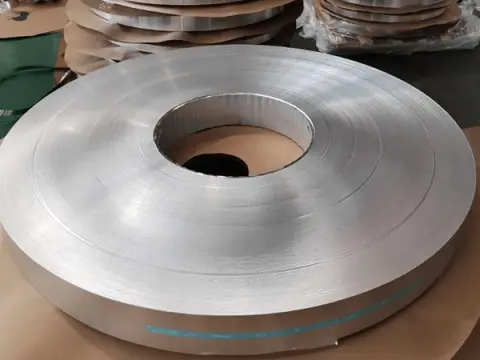
16 gauge galvanized steel strip
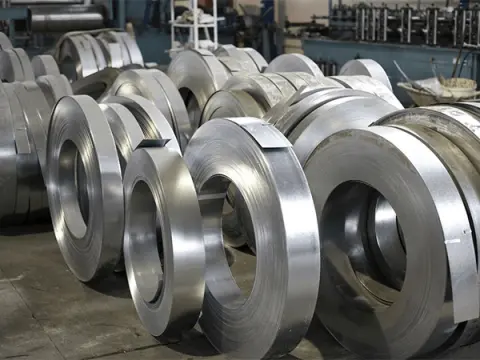
Factory Supply 16 GA galvanized strip
The Brown and Sharpe Gage, also known as the American Wire Gage (AWG), is used for most nonferrous metals, such as Aluminum and Brass. For instance, in the UK, the Birmingham Gage (BG) is used for a variety of metals and should not be confused with the Birmingham Wire Gage (BWG), which is used for wires.

Wanzhi-Spangles
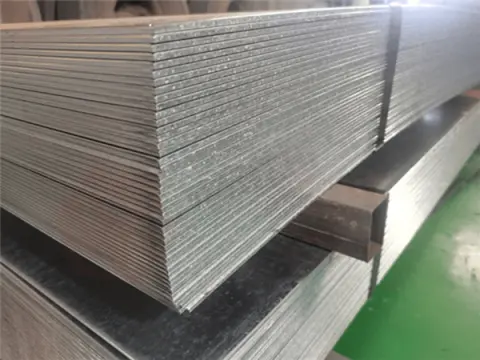
16 Ga Hot Rolled Galvanized Steel Sheet
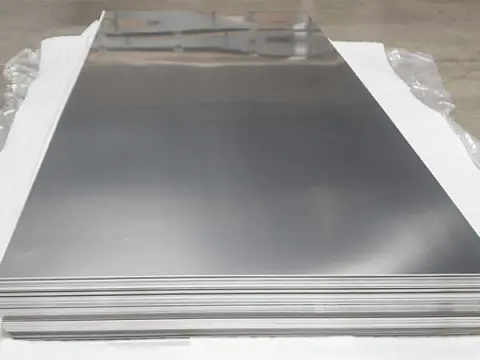
Z275 Zinc Coated Hot Dip Galvanized Steel Plate
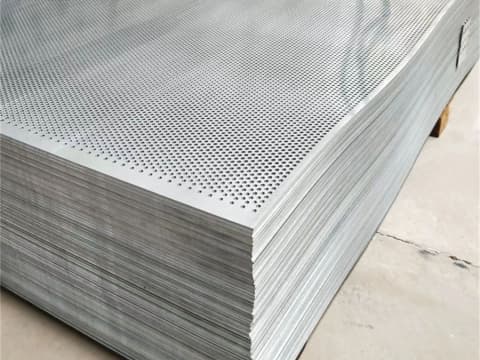
Galvanized Perforated Metal for ceiling
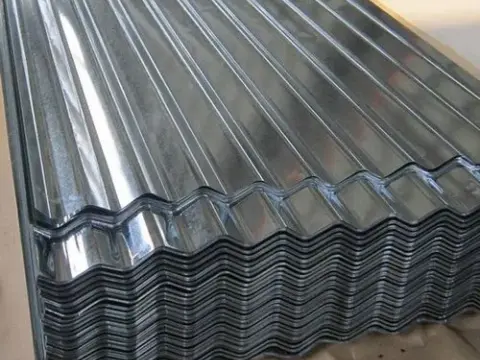
1.2mm Z100 galvanized corrugated sheet
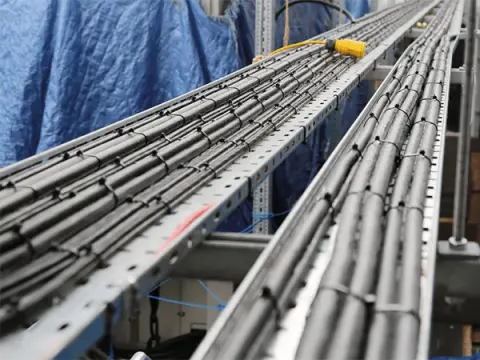
Cable Tray
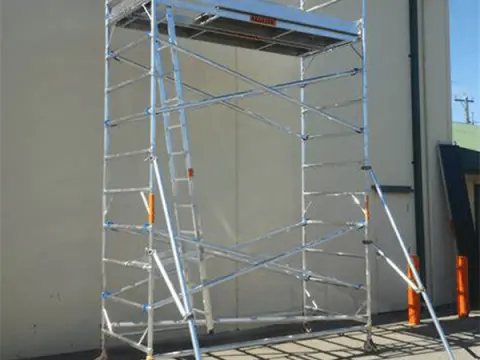
scaffold

Car frame
| Gauge | US Standard Gauge | Galvanized steel |
| (inches) | Weight(lb/ft²) | |
| 17 | 0.0563 | 2.406 |
| 16 | 0.0625 | 2.656 |
| 15 | 0.0703 | 2.969 |
Weight of a single board (kg) = length (m) × width (m) × thickness (mm) × 7.85 g/cm³
Weight (kg) ≈ Length (m) × Width (m) × 11.93
Coefficient source: 16ga plate thickness 1.52mm × steel density 7.85 ≈ 11.93 kg/m².
Q1. What are your prices?
A: Now that our prices are subject to change depending on supply and other market factors. We will send you an updated price list after your company contacts us for further information.
Q2. Why do lower gauge numbers signify thicker Galvanized steel?
A: The gauge system dates back to the times when steel sheets were created by hammering them to the desired thickness. The number of hammering cycles determined the galvanized steel sheet and gauge number—fewer cycles resulted in thicker sheets, hence lower gauge numbers signify thicker steel.
Q3. Where to buy a galvanized sheet for sale (with tips)?
A: Most investors would like to buy from galvanized steel factories in China because of the lower price. All in all, just remember to find a reliable supplier. Before purchasing, please confirm some details, including specifications (thickness, width, length), zinc coating thickness, corrugations, quantity, etc. Additionally, the MOQ of Wanzhi Steel is 10 tons. Lastly, welcome to talk with us for more details!
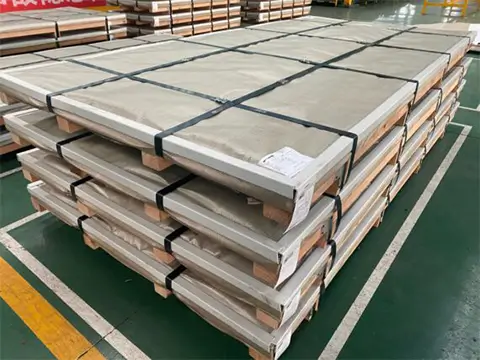
outter package
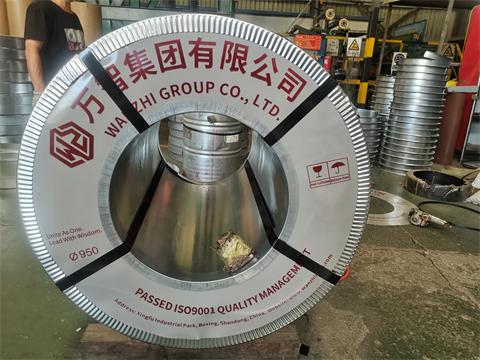
Package of textured metal coil
When you choose 16-Gauge Galvanized Steel Sheets for your roofing, fencing, HVAC or construction projects, quality and reliability are of utmost importance. Our factory combines advanced production technology, strict quality control (ISO 9001 certified) and years of industry expertise to provide high-performance galvanized steel sheets
With an annual production capacity of 600,000 tons and 24/7 technical support, we guarantee durable, cost-effective solutions for industrial and commercial applications.
Contact us today for preferential prices and samples!





